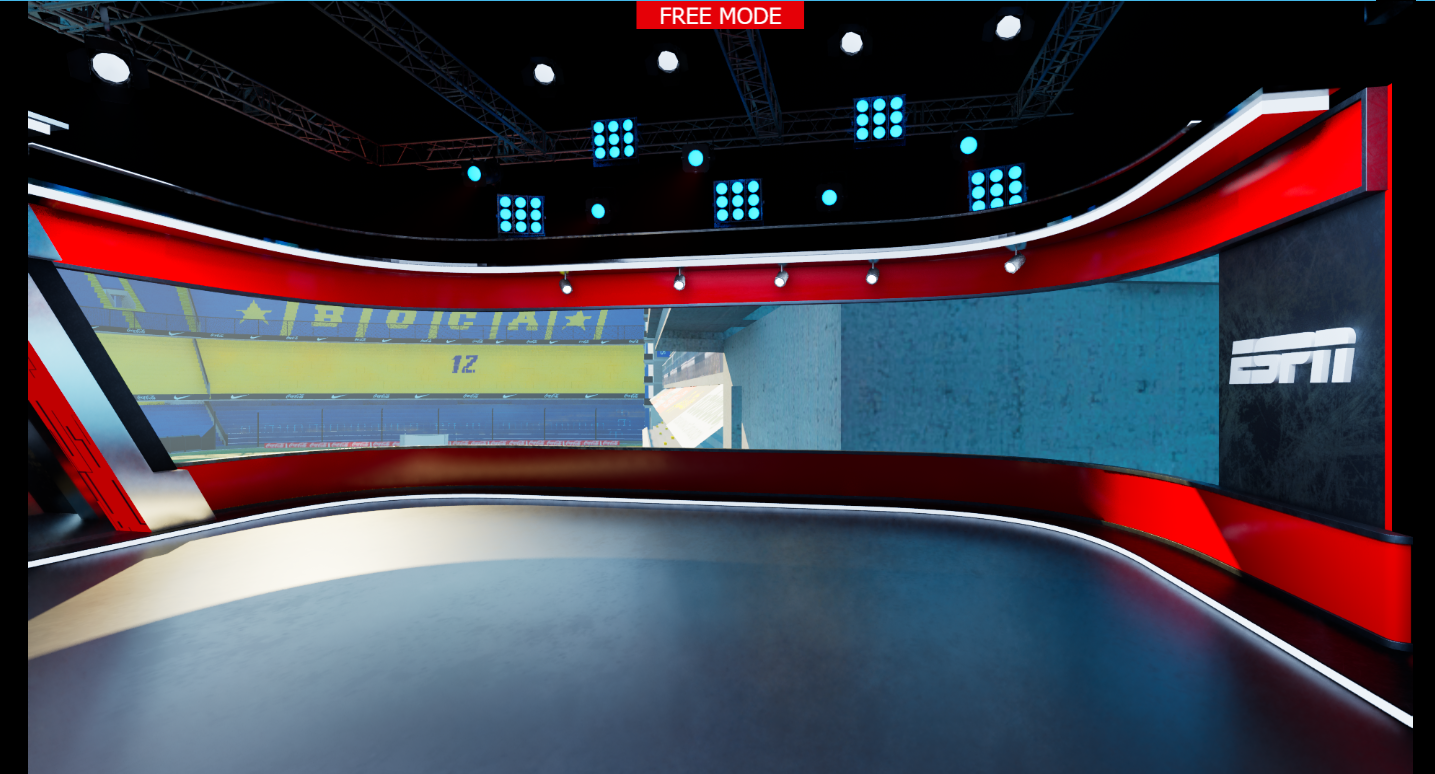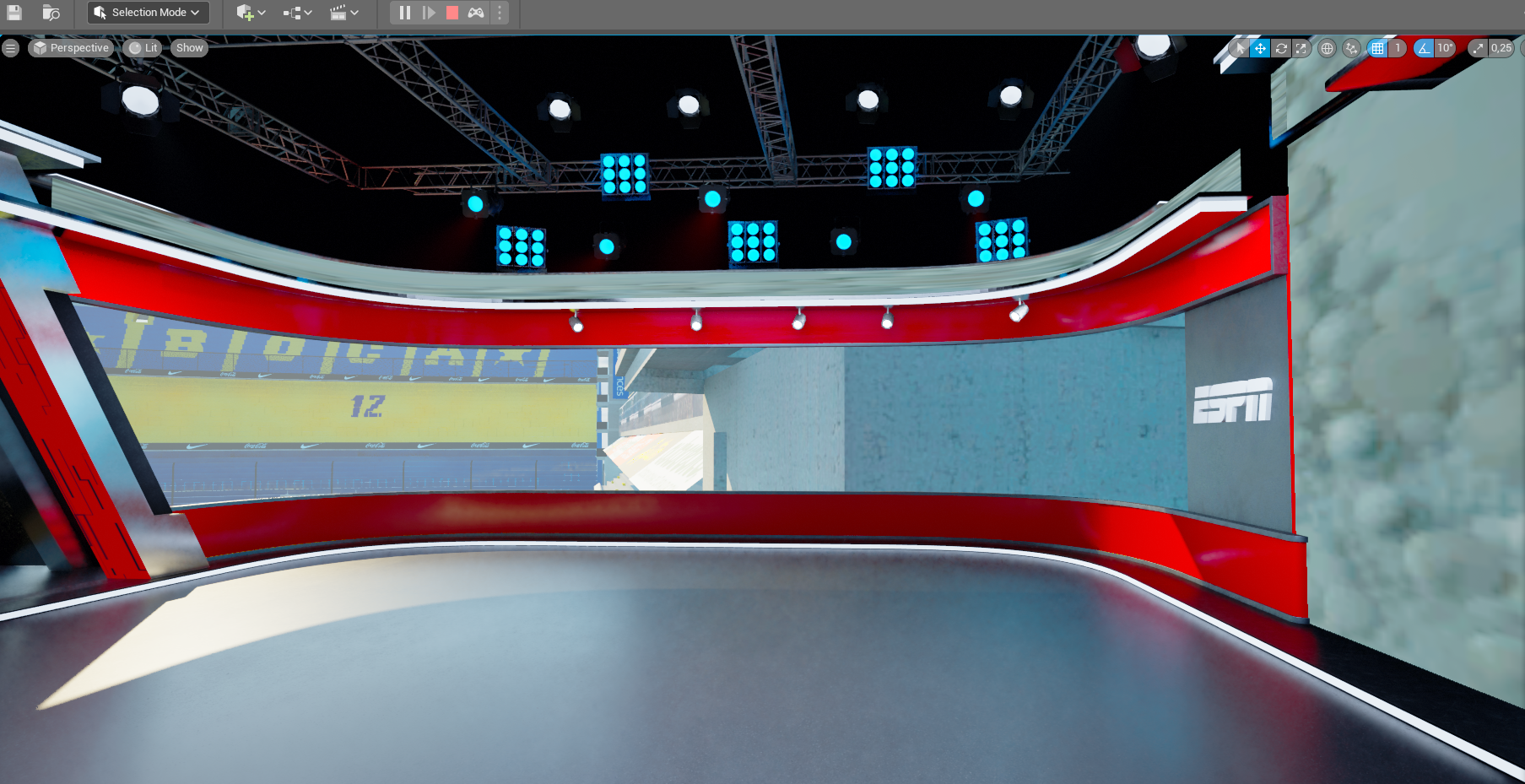Hi everyone, I have several questions regarding lighting consistency between Unreal Engine and Aximmetry:
- How can I preserve the exact same lighting setup I’ve created in Unreal once I bring the project into Aximmetry? In my case, the Exposure values don’t match between the two: even when I set manual exposure inside a PostProcess Volume in Unreal, it seems to be overridden once inside Aximmetry. For example, I have Exposure = 9 in Unreal, but when I use Exposure = 1 in Aximmetry, the image looks much brighter. Is there any kind of equivalence table between Unreal and Aximmetry exposure values? Or a reliable way to match them visually?
- I'm using Aximmetry 2024.2.0 and Aximmetry_LED_Wall_Cam in my scene. Does this camera support PostProcess Volumes correctly, or are there limitations?
- How many PostProcess Volumes can Aximmetry handle in a single scene?
- Is it possible to use more than one without them cancelling each other out, so I can blend different visual environments based on where the camera is?
- If I'm using a LED_Wall_Cam, and expose Postprocess parameters in the Level Blueprint would Aximmetry be able to acces or respect those values for live adjustments?
I’ll attach three images to illustrate the issue more clearly:
Two screenshots from Aximmetry (both with Exposure = 1, one with HDR enabled, one with HDR disabled)
One screenshot from Unreal Engine showing the scene with Exposure = 9 set manually inside the PostProcess Volume
Any help or insight would be greatly appreciated. Thanks in advance!
HDR ON

HDR OFF
UNREAL ENGINE 
Hi,
You can also change how multiple volumes blend together in these settings.
To adjust the coverage area of a Post Process Volume, change the scale of its transform property. The affected area is visible in the Viewport.
When the Aximmetry camera enters this area, it will be influenced by the corresponding Post Process Volume(s).
For more information on Post Process Volumes, see: https://dev.epicgames.com/documentation/en-us/unreal-engine/post-process-effects-in-unreal-engine#usingpostprocessvolumes
Regarding HDR (High Dynamic Range), I recommend enabling it only if you are familiar with HDR workflows or if your production requires it. See the HDR documentation here: https://aximmetry.com/learn/virtual-production-workflow/setting-up-inputs-outputs-for-virtual-production/video/hdr-input-and-output/
Warmest regards,